However, according to the assessment of Associate Professor, Dr. Bui Minh Tri, former Director of the Institute of Imperial Citadel Studies (now the Institute of Archaeology, Vietnam Academy of Social Sciences ), Head of the Project "Research, editing, evaluating the value and establishing a scientific profile of the Thang Long Imperial Citadel relic site", decoding these "historical fragments" to fully recreate the architectural form and royal life is a big challenge.
|
Thang Long Imperial Citadel - World Cultural Heritage in Hanoi Capital recognized by UNESCO in 2010. |
Professor, Dr. Nguyen Van Kim, Vice Chairman of the National Council for Cultural Heritage, stated that over the past 15 years (2011-2025), the large-scale archaeological excavations of more than a decade at the Thang Long Imperial Citadel, especially at 18 Hoang Dieu (2002-2004) and the area under the National Assembly House (2008), with a total area of nearly 32,000 square meters, have lifted the veil of mystery, bringing new and accurate perceptions of the thousand-year-old Thang Long Capital. At the same time, he affirmed that this is an "unprecedented" scientific achievement in the history of Vietnamese archaeology.
Living Proof of Historical Overlap: 1,300 Years Continuous
The top scientific value of the relic site is the discovery of architectural ruins from many eras stacked consecutively over about 1,300 years, from the 7th to the 18th century. This is rare material evidence proving the inheritance and continuity of Thang Long Citadel on the same central axis.
According to Associate Professor, Dr. Tong Trung Tin, Chairman of the Vietnam Archaeological Association, for the first time, Vietnamese archaeologists discovered traces of Dai La architecture, with 18 architectural foundations, 7 wells, 15 sewers, including a "T" shaped ground structure. This proves that the central location of Thang Long citadel under the Ly dynasty was built on the old foundation of Dai La citadel, as mentioned in the Proclamation on the Transfer of the Capital in 1010 (7th to 9th century).
|
Artifacts excavated from the archaeological pit demonstrate the "unprecedented" scientific values of the Imperial Citadel. |
Discovered 13 traces of architectural foundations, including rectangular ground plan relics with unique diagonal corner column arrangement - seemingly the only known case in the history of traditional Vietnamese architecture. It identified this as "Kinh phu", the second largest center of the Dinh - Tien Le period after Hoa Lu (10th century).
Ly Dynasty (11th-13th century) - this is the period when the most relics are exposed, most complete, most intact (53 traces of palace foundations, 7 surrounding wall foundations, 6 wells, 13 sewers).
Awakening the "soul" of the palace architecture
“The most important achievement of the research is the successful decoding of the architectural form of the palace – the “soul” of Thang Long Citadel. This is a difficult task because the wooden architecture has been lost and there is no basis for direct comparison,” said Associate Professor, Dr. Bui Minh Tri.
Based on research, excavation and step-by-step decoding, scientists have recreated and established a system of general architectural drawings of the Ly Dynasty palace (including 53 traces of foundations) and conducted in-depth research on roof tiles and wooden structures. One of the important discoveries is the dou cong technique, an extremely complex roof support and decoration technique. Dou cong has the function of bearing the load, expanding the porch, and raising the height of the house frame, demonstrating the masterful construction level of our ancestors.
|
|
|
3D model of Thang Long Citadel is of interest to scientists. |
Based on the scientific basis of fortifications and archaeological sources, architectural models, and historical documents, the architectural form of the Ly Dynasty palace has been successfully restored using 3D technology (introduced and displayed in the basement of the National Assembly in 2014). This is the first time the image of the majestic and splendid Ly Dynasty palace has been recreated after more than a thousand years, proving that the Thang Long Imperial Palace is not inferior to the famous palaces in Asia. This complex consists of 64 works (38 palaces/corridors, 26 hexagonal structures) with a systematic planning.
In addition, scientists have completed a very elaborate 3D reconstruction program of Kinh Thien Palace (2022-2023) - the most important main hall of the Forbidden City. The palace has a large scale (9 compartments, area of about 1,188m²), 60 wooden pillars, of the Chong Diem type, dou cuong architecture, the roof is covered with distinctive yellow glazed dragon tiles. The unique difference of dragon tiles compared to contemporary East Asian architecture highlights the creativity of Vietnamese architecture.
Decoding the Royal Palace Life Through Relics
"Research on the organization and classification of relics has achieved groundbreaking scientific discoveries, deepening the life, economy and culture of the Royal Palace," Associate Professor, Dr. Tong Trung Tin affirmed.
According to Associate Professor, Dr. Tong Trung Tin, the discovery of authentic porcelain from the Ly Dynasty has an excellent quality, equivalent to Chinese porcelain from the Song Dynasty. This is an extremely important discovery, convincing evidence of the history of Vietnamese porcelain invention from the Ly Dynasty, dispelling doubts about the origin of porcelain. Thang Long imperial porcelain has perfect quality, even surpassing in creativity (multi-colored painted ceramics covered in gold) compared to Ming porcelain (China). In particular, translucent white glazed porcelain decorated with 5-clawed dragons and the word "Quan" is a unique product of Thang Long pottery.
|
|
Original ceramic artifacts excavated at Thang Long Imperial Citadel are on display for tourists. |
Research on ceramics with Chinese characters has identified items from important palaces: “Truong Lac Palace” (of Queen Mother Nguyen Thi Hang, wife of King Le Thanh Tong) and “Thua Hoa” (palace of Queen Mother Ngo Thi Ngoc Dao, mother of King Le Thanh Tong). These characters were marked before firing (Truong Lac Kho), confirming that this was private property, commissioned by the palace.
Research on foreign porcelain collections (West Asia, China, Japan, Korea) has clarified their roles and functions in the Thang Long Imperial Palace. In particular, Chinese porcelain during the Song Dynasty was diverse, coming from 12 large kilns in 7 provinces (Ho Dien, Long Tuyen, Dieu Chau...), demonstrating the open cultural and economic exchange relationship of the Thang Long Capital in history.
Shedding light on life in Thang Long Capital
15 years of research efforts, scientists have initially decoded the Thang Long Citadel, clarifying the life of the Royal Palace through the Thang Long kiln utensils and the role of international trade. These achievements not only deepen the outstanding global value of the Heritage Site, but also bring the heritage from the ground closer to the public through outstanding display methods in the field of museum display design, arousing pride in the talent and creative intelligence of our ancestors.
Display of archaeological artifacts in the basement of the National Assembly House by the Institute of Imperial Citadel Studies. |
The exhibition area in the basement of the National Assembly House uses modern Mapping, Media, Hologram, lighting and sound technology; the image of a flying dragon from the Ly Dynasty is recreated using 3D technology in the space connecting the two basements, creating a profound symbol of the Flying Dragon Capital. Recreating the golden history of the splendid Thang Long, it is considered "an excellent and effective museum", ranked among the top in Asia and the world, becoming a model of a modern archaeological museum in Vietnam.
Source: https://www.qdnd.vn/van-hoa/doi-song/giai-ma-bi-an-ngan-nam-gia-tri-khoa-hoc-vo-tien-khoang-hau-cua-di-san-the-gioi-hoang-thanh-thang-long-1011016



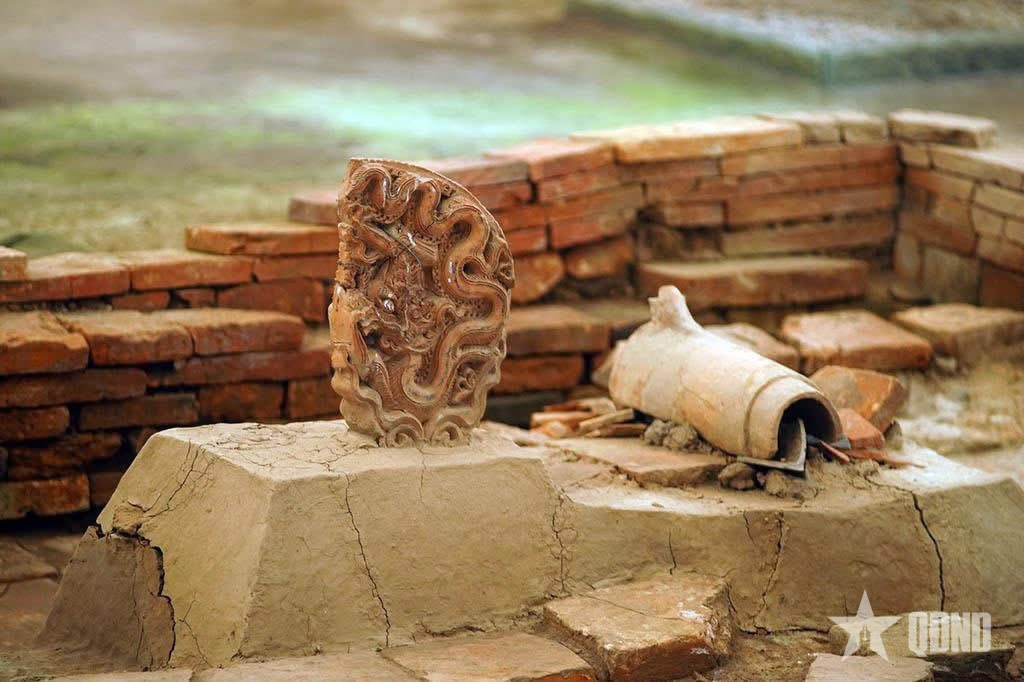
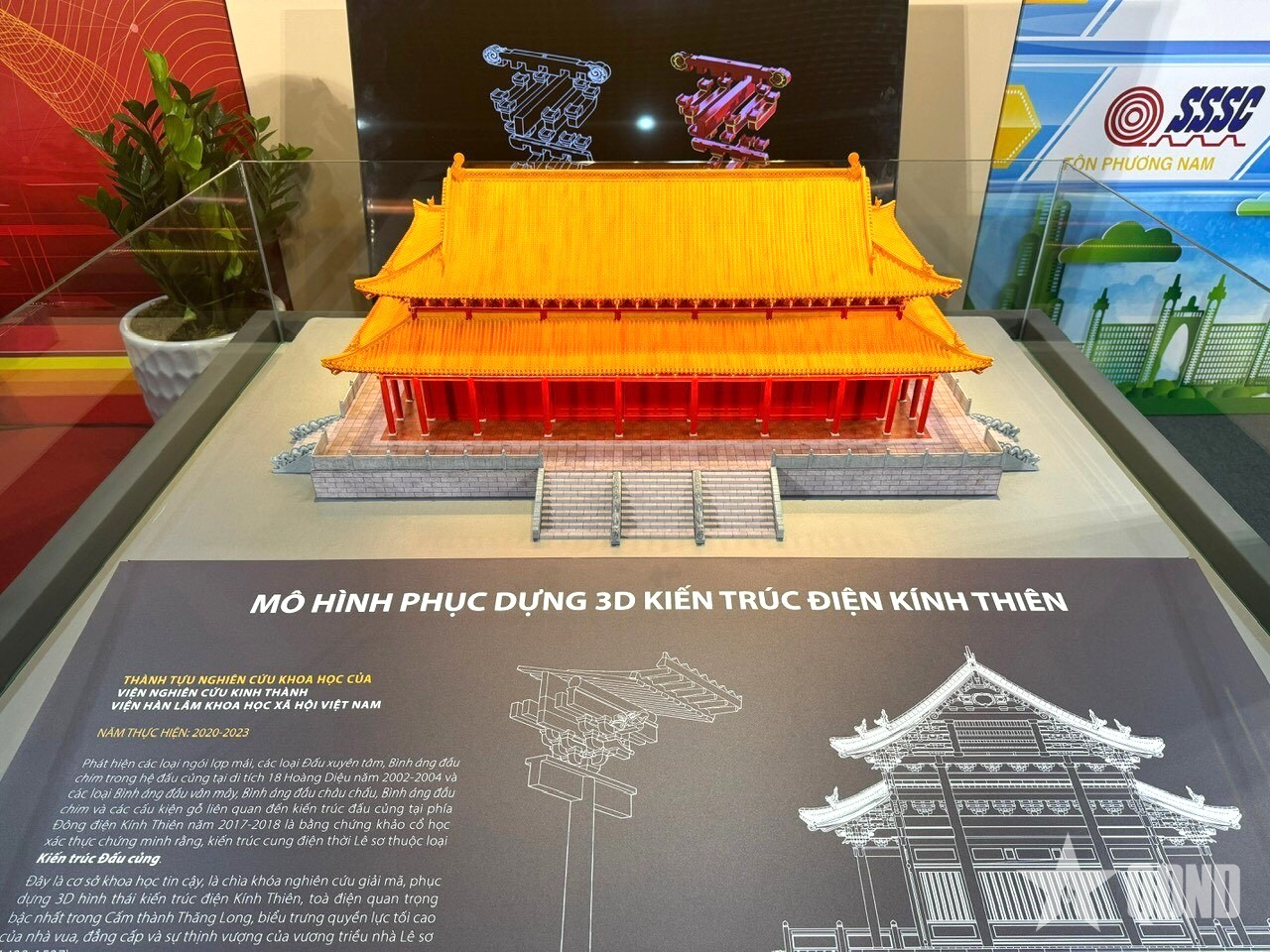
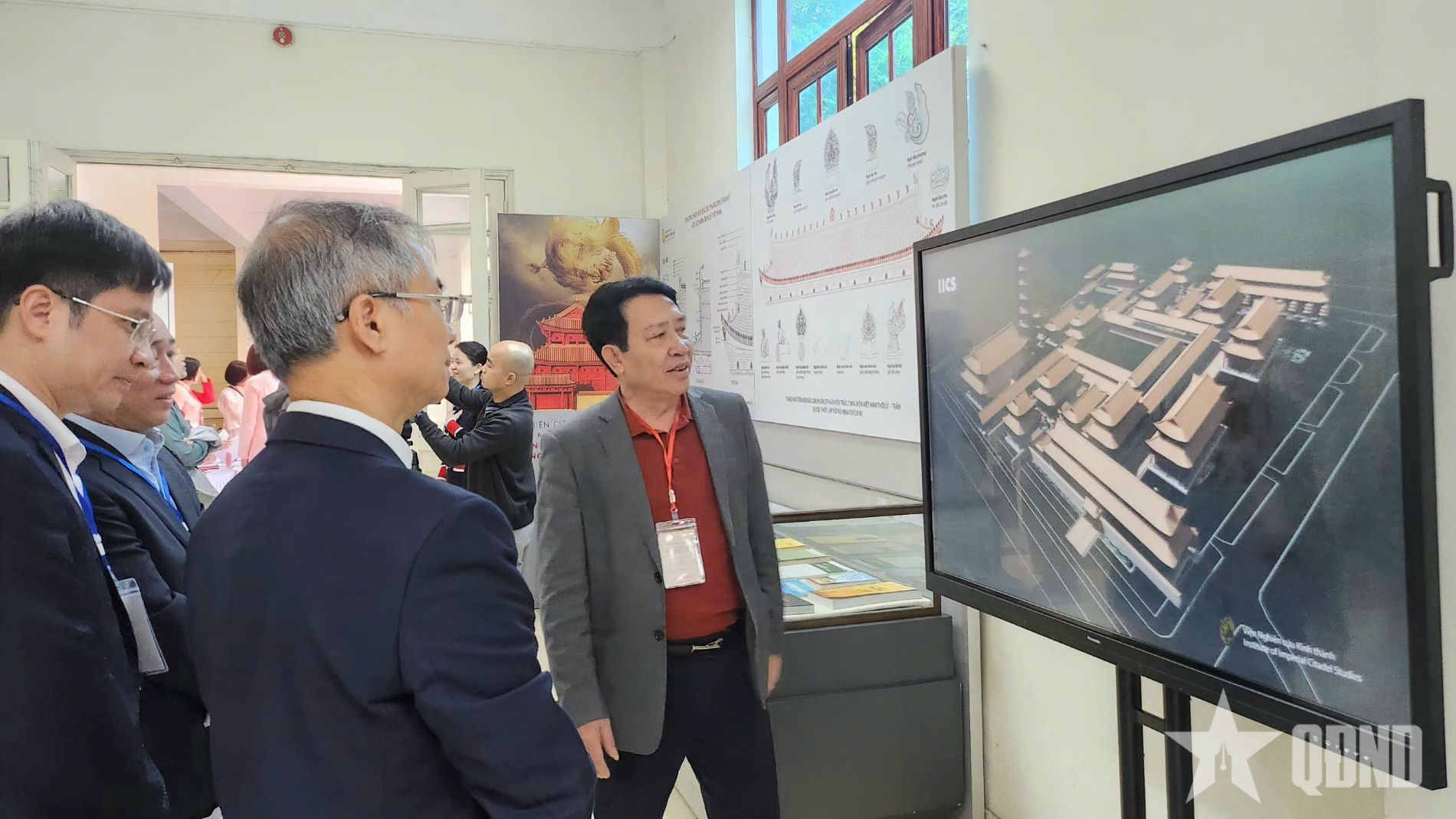
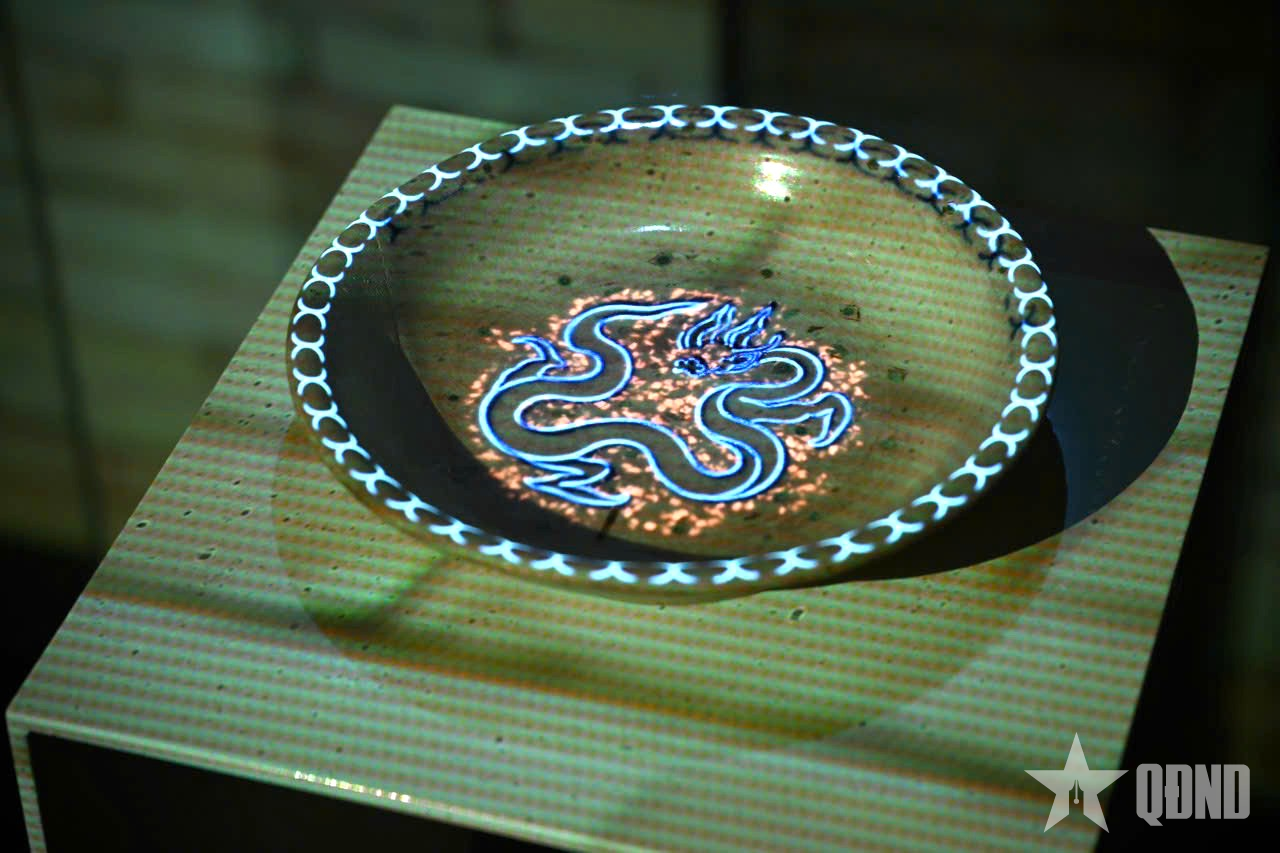
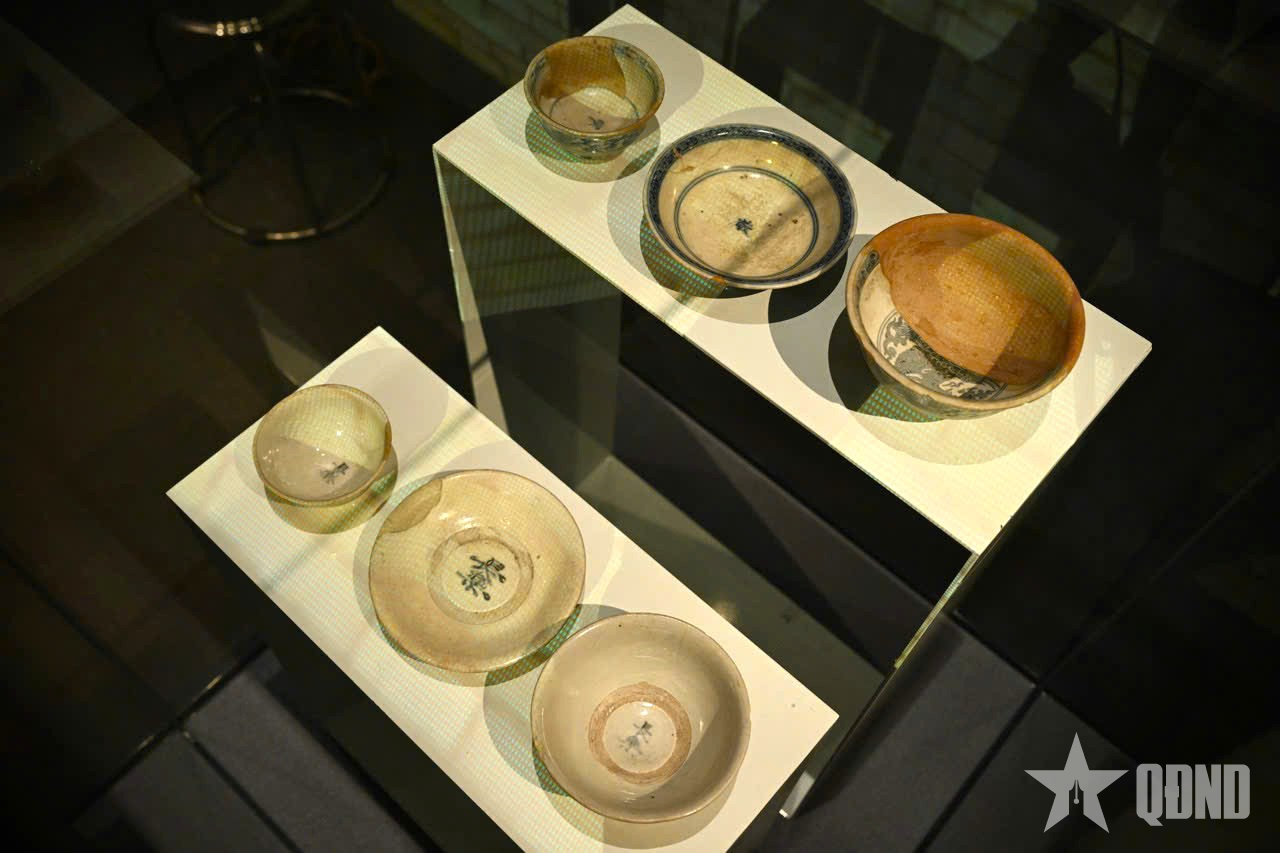
![[Photo] "Ship graveyard" on Xuan Dai Bay](https://vphoto.vietnam.vn/thumb/1200x675/vietnam/resource/IMAGE/2025/11/08/1762577162805_ndo_br_tb5-jpg.webp)

![[Photo] Heavy damage after storm No. 13 in Song Cau ward, Dak Lak province](https://vphoto.vietnam.vn/thumb/1200x675/vietnam/resource/IMAGE/2025/11/08/1762574759594_img-0541-7441-jpg.webp)



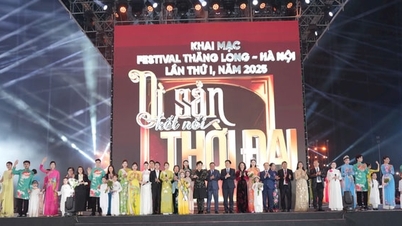

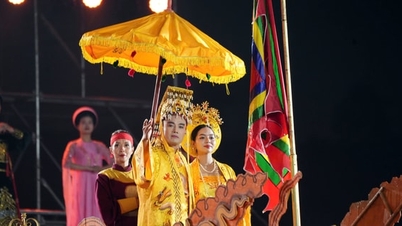


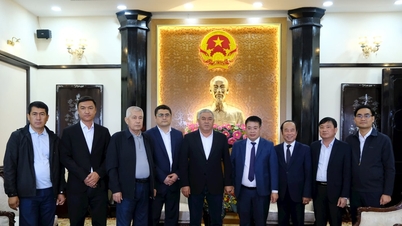

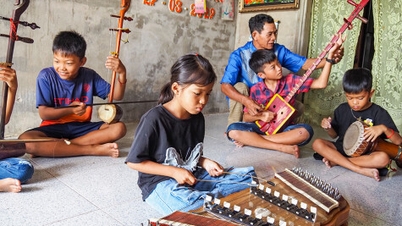

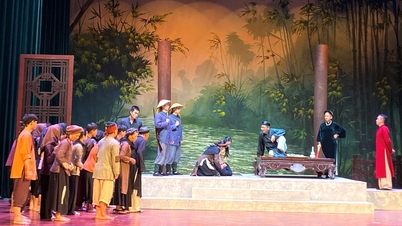

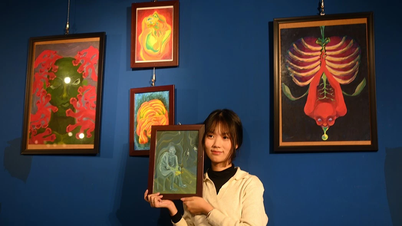




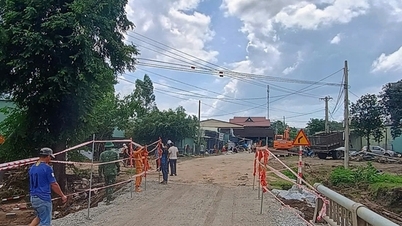










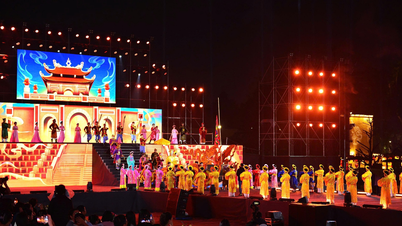



![[Video] Hue Monuments reopen to welcome visitors](https://vphoto.vietnam.vn/thumb/402x226/vietnam/resource/IMAGE/2025/11/05/1762301089171_dung01-05-43-09still013-jpg.webp)
































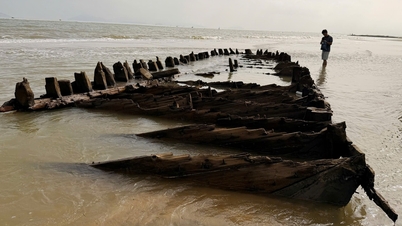

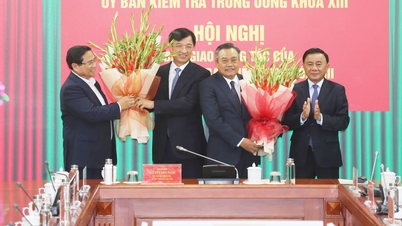





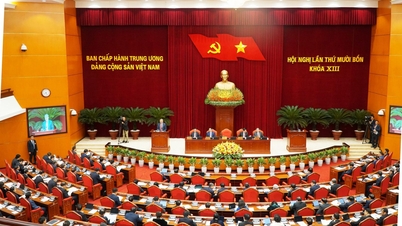




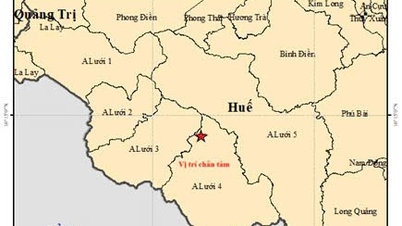




















Comment (0)